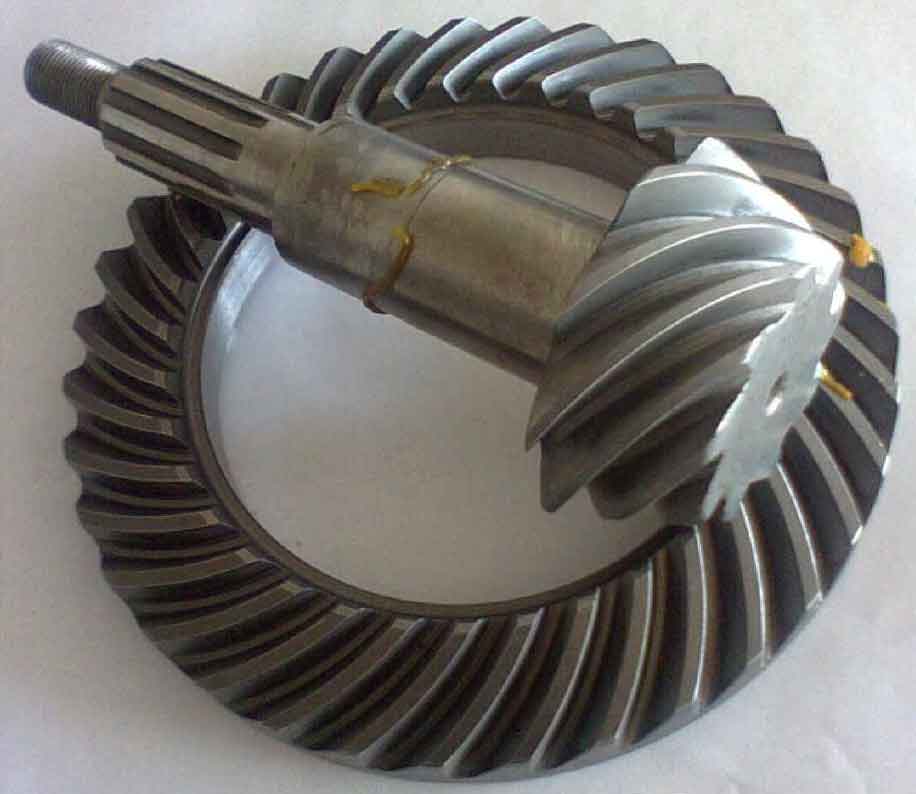The basic theory of spiral bevel gear is more profound and involves many disciplines. The French geometer T. Olivier put forward the envelope method of conjugate gear and the concept of spiral bevel gear in 1820. Different from the traditional theory using analytical principle, he uses the principle of solid geometry to solve the conjugate surface. T. Olivier’s solution method is verified to be more suitable for programming.
In the early 20th century, Paul Bottcher invented the tooth surface milling method of single indexing processing and the tooth surface hobbing method of continuous indexing processing, and developed the first gear milling machine for machining spiral bevel gear according to the invention.
In the 1940s, inventor Ernst Wildhaber first studied the geometric relationship of transmission pitch cone of hypoid gear pair as the basis for later researchers to analyze the theory of hypoid gear, and expounded the differential geometry principle of spiral bevel gear transmission, as well as the concepts of pressure angle, normal curvature and so on. Engineer merither 50. Baxter proposed a method to directly solve the curvature of the second surface according to the curvature of the first surface and the relative motion between the first surface and the second surface, and deduced its calculation formula. It simplifies the solving process of conjugate surface curvature to a great extent. At the same time, the method of wheel surface contact analysis of spiral bevel gear is improved, and the principle of second-order surface of spiral bevel gear is put forward.
F. L. Litvin, W.S. chafing and others studied the pitch cone design of hypoid gear after hobbing, and deduced the relationship between the geometric parameters on the pitch cone plane and the calculation formula. They established the mathematical model of the face hobbing method for machining bevel gears, and simulated the tooth surface machining. Y. Zhang, Z. Wu studied the tooth surface geometry of bevel gear machined by gear hobbing method, and deduced the tooth root transition fillet equation to accurately simulate the tooth surface model of large gear and small gear.
F. Qi establishes the general mathematical model of helical gear and hypoid gear, provides the optimization algorithm for the contact simulation of gear pair, and establishes the mathematical model of machine tool adjustment in cycloidal hypoid gear machining. The influence law of general motion factors on gear surface error is analyzed, and a tooth surface correction method based on general motion model is proposed.

